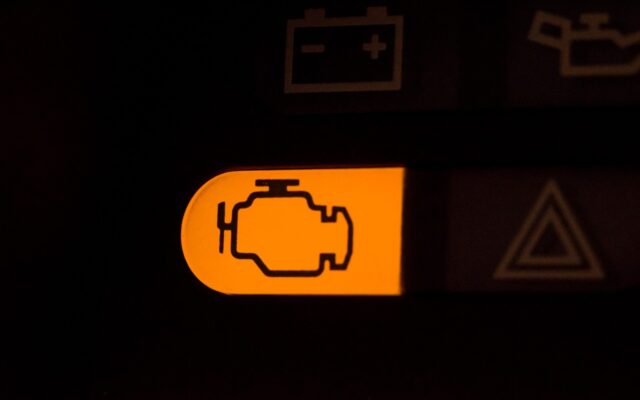The “check engine” light is a nondescript warning in most automobiles. It alerts the driver that there may be one of a variety of potential issues, some more serious than others. Many years ago, I had a 1994 Trans Am with three O2 sensors in the exhaust system. They had an annoying habit of triggering false positive check engine alerts. Rapid changes in elevation befuddled those O2 sensors, so trips to the mountains for hiking or skiing often included a game of rolling the dice — wondering whether I had a real engine concern or just an annoying distraction to deal with. If it was just the O2 sensors acting up, there was no issue to deal with. However, if there was something else wrong, I could risk a big maintenance bill by ignoring the signal.
The standard shop rate for my mechanic back then was $85 an hour. That was what it cost me each time I needed to find out why the check engine light was on. The shop rate was a hard cost, but the time spent getting to the mechanic and the inconvenience of being without my car also added to the price of not being able to interpret this piece of data.
Around then, a new handheld scanner came out based on the on-board diagnostic-II (OBD-II) standard. It was about $100. A software-based version that could run on a laptop was $200. Both technologies enabled me to see the actual source of the error, and to reset the light in the event of a false positive. These tools provided the capability to understand the nature of the risk when the signal occurred, which in turn enabled me to make an informed decision without a trip to the mechanic. The benefit was being able to avoid unnecessary maintenance costs while still identifying legitimate problems when they occurred.
That scanner is a great example of the value of technology at the edge — where data is acted on near its point of creation to generate immediate, essential value without having to go back to a central location.
Across industries we can find many examples of “$85 light problems” — situations where we could benefit from the ability to process information quickly and act on it locally. Those benefits can be in the form of enhancing safety, increasing efficiency or reducing the risk of a loss.
For example, edge technology can host artificial intelligence (AI) to enhance the intelligence of our automation, improving safety and efficiency on an assembly line. It can host computer vision to facilitate loss prevention in retail environments. High-quality local image processing can enable medical professionals to deliver enhanced diagnoses that save lives. 3D visualizations in the classroom can enable new modes of learning that democratize knowledge and enable us all to grow and learn.
Our world can be greatly enhanced by leveraging technology that enables us to solve problems outside the data center. At Dell Technologies, we build secure and reliable engines that enable these innovative solutions to transform our experiences at the edge.
What’s your $85 light?
Learn more about edge solutions.


